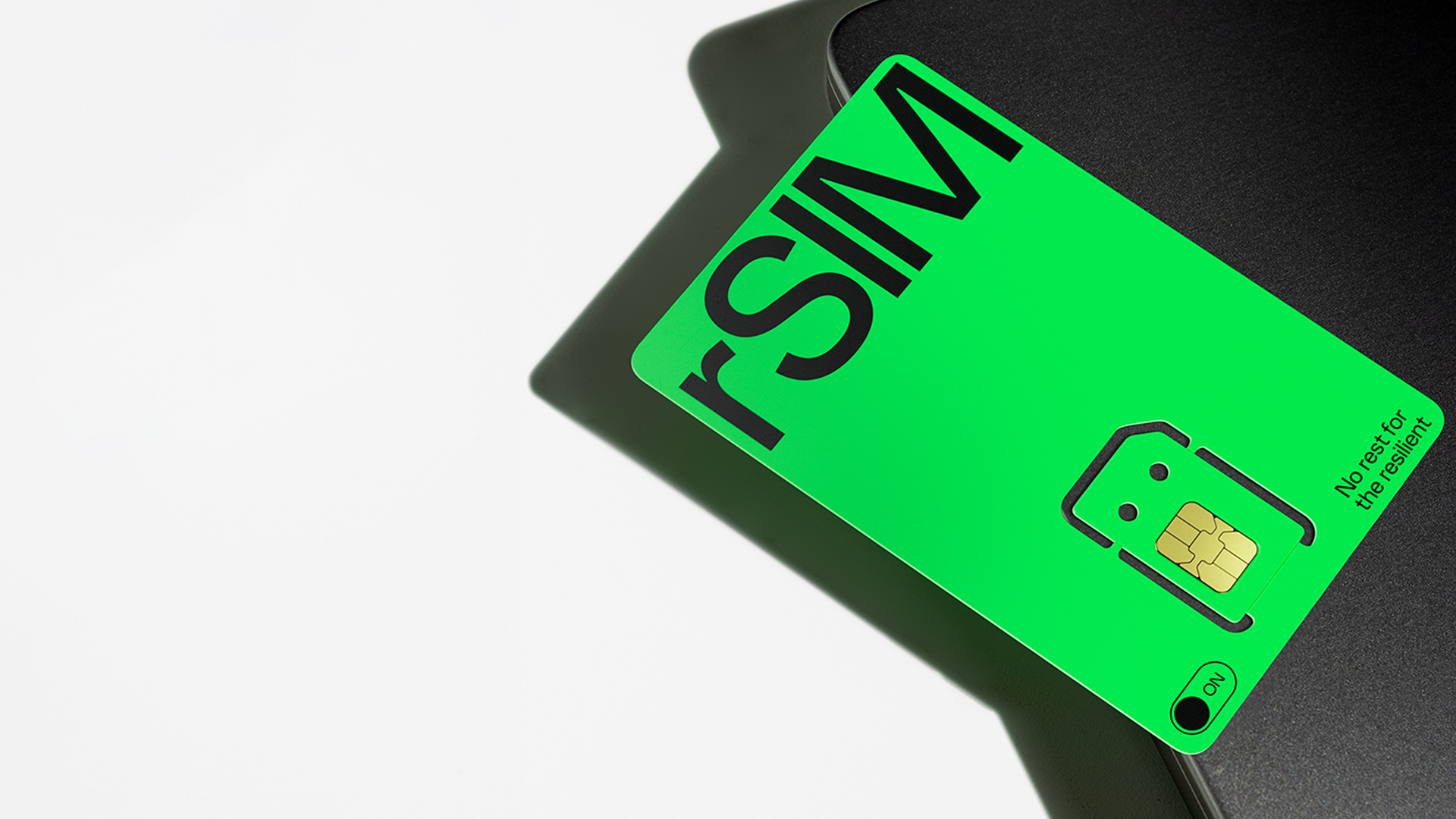
If you were one of the hundreds of thousands of people affected by the AT&T outage last week, it’s understandable that you’d be a bit angry at the situation. Thankfully, there is something that can help out if this sort of thing happens again, as you can stay connected even in the event of a massive network failure.
MWC 2024 has just seen the launch of a new resilient SIM, or rSIM for short. It’s a SIM card that is able to detect when there’s been an extended network outage, automatically switching to a backup carrier to keep you and your devices connected.
Considering how connected so many of our devices are these days, that’s actually kind of important — especially if network disruptions prevent users from calling 911 or equivalent emergency service numbers.
The rSIM is able to test the network connection every 60 seconds, and if it detects there’s been no connectivity after a pre-set amount of time, it will automatically switch over to a second backup network with its own independent infrastructure. The rSIM won’t start checking for the original network again for several hours, but once it detects the outage your connection will jump back to your original network.
Crucially, all of this happens in the background, without any user input. In fact, odds are that the only disruption you experience is a few brief minutes of lost connectivity should your main network start having problems. However, the exact moment you switch networks has been randomized — that way the backup network doesn’t get overloaded with a sudden influx in user traffic.
So an rSIM isn’t going to magically stop AT&T from breaking their infrastructure at some point in the future. But at least you’re unlikely to notice when it does.
The most important thing about the rSIM is that it’s been built to existing SIM card standards — with no proprietary or custom technology that might affect compatibility. In other words, you can pop the card into any SIM card slot, and it’ll connect to the network as normal. The only difference is that it can switch networks when it detects a problem.
However those standards also mean that an rSIM is only capable of connecting to two networks — a main one and a backup. So you won’t be able to jump from AT&T to Verizon to T-Mobile and back with this thing. Thankfully, the odds of two major network outages happening simultaneously are pretty slim.
I was told at MWC that an rSIM-capable plan will probably cost more than your standard single-carrier deal. However it should still be noticeably cheaper than paying for two separate SIM cards.
So when will you be able to pick up an rSIM for yourself? Currently the rSIM is still in testing, but a commercial launch is scheduled to happen this June. However, you’re not going to be able to utilize the network-switching tech unless your carrier supports it. That is where we all get our SIM cards from, after all, so if AT&T or whoever you’re using doesn’t want anything to do with rSIM, you’re out of luck.
So far, only Deutsche Telekom iOT and Tele2 IoT are on board, but rSIM has confirmed there are more partnerships with carriers in the U.S. and Europe on the cards. However, none of them can be announced just yet.
The rollout is expected to kick off with IoT devices, particularly those that have what’s called “critical connectivity.” So panic buttons, payment systems and other devices of that ilk. Unfortunately, your phones and trail cams don’t really qualify as critical and may have to wait a little bit longer.
Those of you with eSIM-only devices — such as recent iPhones released in North America or smartwatches — won’t miss out either, since rSIM technology works with SIM cards and eSIM chips. That said, you may have to wait a bit longer, since it’ll no doubt rely on device makers to come onboard as well.







